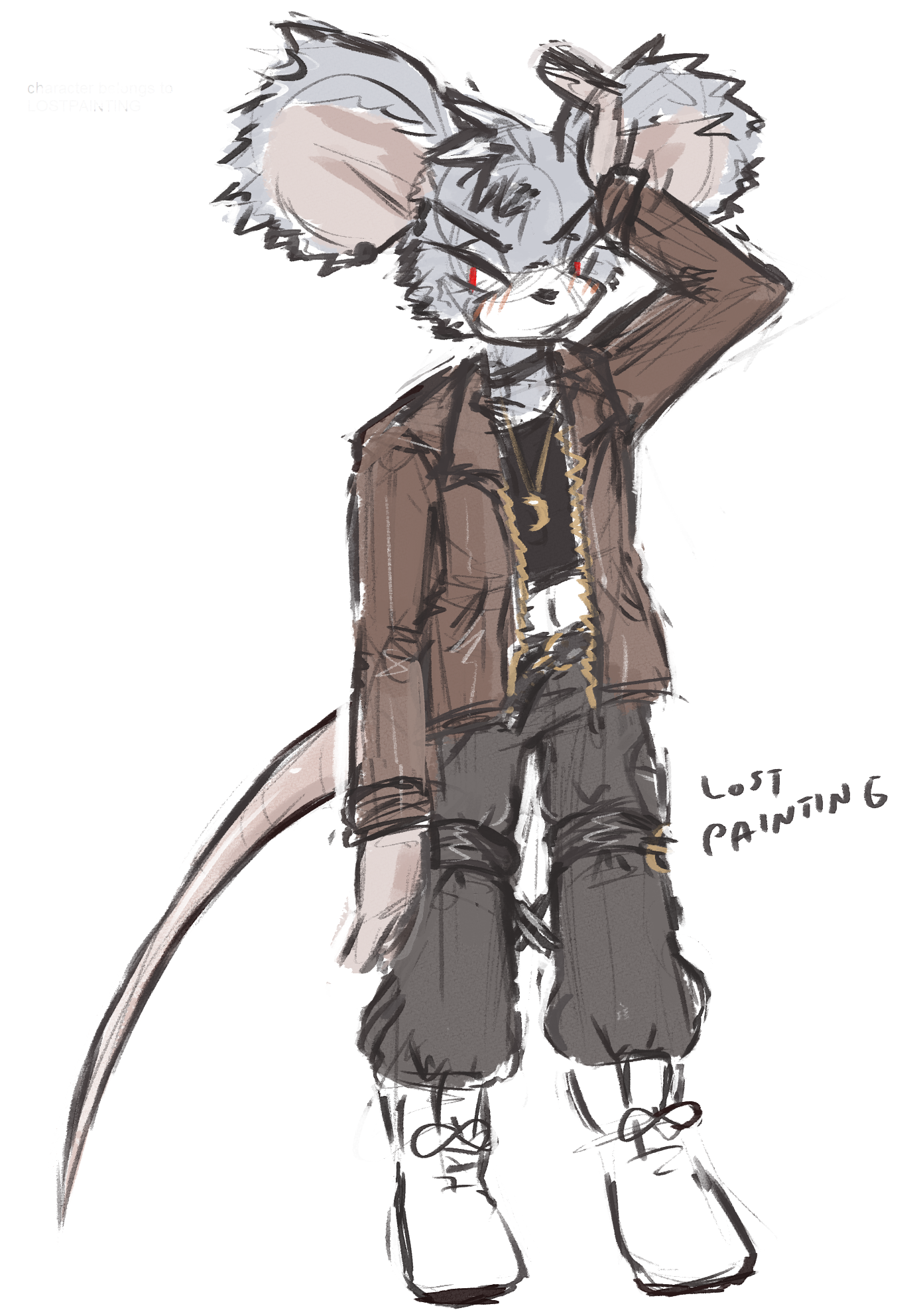Spark the Electric Jester had a refined transition to 3D
I've been following the Spark the Electric Jester series since the full release of the first game in April of 2017, and with every new release, I find myself more and more impressed by the amount of improvements as it continues. This series of games has become one of my favorites, and the third entry really sealed the deal for me. I cited numerous times throughout 2022 that Spark 3 was my most anticipated release of the year, and I was correct to be so hype about it.
Spark the Electric Jester is a series that follows the titular Spark, a former electrical engineer and former street performer, on a quest to get his job back after repeatedly being fired in favor of robotic employment. The games focus on high speed platforming, with the third entry also focusing on combo-based combat. I'll mainly be focusing on the third entry in this review, but expect comparisons to both the second entry and the inevitable comparisons to the Sonic the Hedgehog franchise in addition. I'll also be doing my best to keep the review spoiler-free in regards to the plot.

Something I find incredibly enjoyable about Spark 3 is the fact it's very friendly to play for multiple skill levels. It features an incredibly high skill ceiling for both the technical aspects of the combat and platforming, but the game is also incredibly forgiving for those that are beginners to the types of gameplay featured. The game features difficulty options for both the platforming and the combat, which can be changed at any time. There's numerous checkpoints throughout each stage, which place you very close to difficult segments, allowing you to retry instantly. The game also lacks a lives system, much like the first two entries. In addition, there's also an optional ability you unlock about a quarter through the game, which gives you the ability to float through the air for about ten seconds, in a similar manner to Princess Peach in the Mario series, in case you aren't confident on the precision-focused platforming sections. Finally, there's optional stages that serve as practice modes for nearly every major mechanic, ranging from how wall-running functions to how to maintain high speeds.
